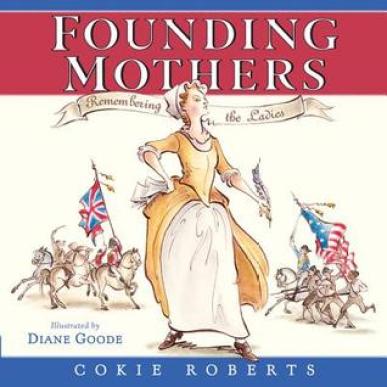
Title: Nasty Women
Authors: Numerous
Publisher: 404 Ink
Genre: Non-fiction, essay, feminism, politics
*This ARC was provided by the publisher via NetGalley in exchange for an honest review.*
I have been looking forward to reading Nasty Women, a collection of essays put together by 404 Ink, since I first heard about the Kickstarter campaign from Margaret Atwood’s Twitter feed earlier this year.
Most of the authors you may not have heard of, but together they represent what it is to be a woman today, and the compilation is strong on being intersectional. When I spotted Nasty Women on Netgalley last month, I jumped at the opportunity to review it.
Book Blurb
With intolerance and inequality increasingly normalised by the day, it’s more important than ever for women to share their experiences. We must hold the truth to account in the midst of sensationalism and international political turmoil. Nasty Women is a collection of essays, interviews and accounts on what it is to be a woman in the 21st century.
People, politics, pressure, punk – From working class experience to racial divides in Trump’s America, being a child of immigrants, to sexual assault, Brexit, pregnancy, contraception, identity, family, finding a voice online, role models and more, Laura Jane Grace of Against Me!, Zeba Talkhani, Chitra Ramaswamy are just a few of the incredible women who share their experience here.
Keep telling your stories, and tell them loud.
The stories encompass a wide variety of speakers: women of color, queer women, Muslim women, female immigrants, and female survivors of sexual assault, just to name a few. The group of authors are diverse and each story is unique.
The collection of stories are all raw and personal, deeply emotional, and powerful. It is women writing about their everyday experiences in today’s world. Many of the essays left me feeling enraged, angry…nasty. Angry at the amount of crap women that women continue to face. The increasing normalization – again – of misogyny and intolerance. The continuance of inequality.
It was a naive part of me that saw Trump do and say such horrible things, witnessed his complete lack of capability and worthiness to lead, and thought that even the most reprehensible people in my country would, at the last second, understand that allowing this would not ‘Make America Great Again’. It would merely reveal the masty, rotting heart of America that I daresay it has always had since it built a throne on stolen land and tried to crown itself king of the world.
~ “Independence Day” by Katie Muriel
The first essay, Independence Day by Katie Muriel, is one of my favorites. I believe many of us can identify with the guilt that Katie speaks to following the 2016 election.
I learned the hard way that I can’t take oestrogen. The pill and the patch made me crazy – not in the catatonic, depressive way that I’d dealt with all my life, but in a way that felt really dangerous. I was constantly angry, bordering on violent, and I began to fear that I would hurt someone…
~ “Lament: Living with the Consequences of Contraception” by Jen McGregor
Jen McGregor’s essay was another one I could relate to, as I have also struggled with some horrible side effects from birth control, which I have taken regularly since my teen years in an attempt to help relieve my endometriosis symptoms.
But the essays I appreciated the most as a reader were by authors who come from a different life experience from my own. Such as Sim Bajwa’s essay on the immigrant experience, or Joelle Owusu’s essay, The Dark Girl’s Enlightenment.
They want our things – our food, our labour, our money – but they don’t want us.
It’s infuriating and saddening. Underneath it all though, I’m weary. I’m tired of the dehumanization of immigrants and the erasure of their experiences. I’m tired of knowing that when people mean ‘immigrants’ in the West, they don’t mean white migrants from North America or Australia. I’m tired of feeling like I need to justify why my parents aer here.
~ Go Home by Sim Bajwa
This inspirational anthology is a must read for anyone who is looking to understand why intersectionality is vital to the advancement of women’s equality. As Owusu succintly states, “without all women being included in the wide and varied spectrum, the fight for equality is useless.”



















































